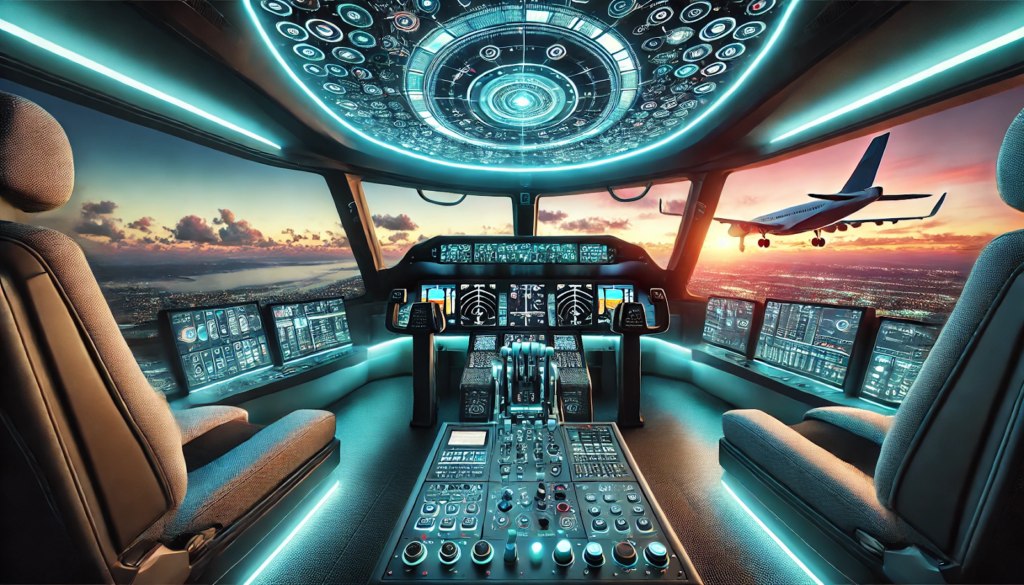Flight simulation has transformed significantly over the past few decades, evolving from basic training tools to highly sophisticated systems replicating real-world flying experiences. As technology advances, the future of flight simulation looks even more promising, with innovations poised to revolutionize pilot training, aviation safety, and recreational use. Whether for aspiring pilots or aviation enthusiasts, the next-generation simulators are set to redefine the standards of realism, accessibility, and interactivity.
Integration of virtual reality and augmented reality
Virtual reality (VR) and augmented reality (AR) are becoming integral to the evolution of flight simulation. These technologies enable immersive experiences, allowing pilots to practice complex maneuvers in a 360-degree environment. VR headsets create a fully simulated cockpit experience, while AR overlays provide real-time data on existing physical setups. This fusion enhances situational awareness and bridges the gap between simulation and real-world scenarios.
Rise of cloud-based flight simulation
Cloud technology is revolutionizing the flight sim industry by making advanced simulators more accessible and cost-effective. Cloud-based solutions eliminate expensive hardware, enabling users to access high-quality simulations on various devices with an internet connection. These platforms also allow seamless updates, ensuring users can always access the latest features and data.
Artificial intelligence transforming pilot training
Artificial intelligence (AI) is crucial in enhancing flight simulation. AI-powered systems analyze a pilot’s performance in real-time, providing personalized feedback and adaptive learning experiences. These intelligent systems can simulate unpredictable scenarios, such as sudden weather changes or mechanical failures, helping pilots develop decision-making skills under pressure. Implementing AI ensures that training is efficient, customized, and aligned with the latest aviation standards.
Advances in flight simulator technology
The development of high-fidelity simulators like the g1000 simulator has elevated the training experience for pilots. These simulators replicate the functionality of modern glass cockpits, providing pilots with hands-on practice in using advanced avionics systems. As simulator technology improves, users can expect even greater levels of realism, including precise physics-based modeling, high-resolution visuals, and accurate aircraft behavior.
Focus on sustainability and energy efficiency
With sustainability becoming a priority in aviation, flight simulation also aligns with green practices. Simulators reduce the need for fuel-intensive training flights, minimizing carbon emissions. Moreover, simulator hardware and software advancements are promoting energy-efficient designs that further contribute to environmental goals while reducing operational costs.
Expansion of the recreational flight simulation market
Flight simulation is no longer limited to professional training. The recreational market is experiencing significant growth, fueled by affordable simulator setups and user-friendly platforms. Enthusiasts can now enjoy realistic flying experiences at home, with simulators offering diverse aircraft models, global landscapes, and online multiplayer options for immersive engagement. This trend is encouraging a broader audience to explore the world of aviation.
The future of flight simulation is bright, driven by groundbreaking technologies such as VR, AR, AI, and cloud computing. With innovations like the g1000 simulator setting new benchmarks, professional pilots and aviation enthusiasts have much to look forward to. As the industry continues to evolve, flight simulation will enhance safety and training and open up new possibilities for recreational and educational experiences. These trends shape a dynamic future where the sky is no longer the limit, even in simulation.







